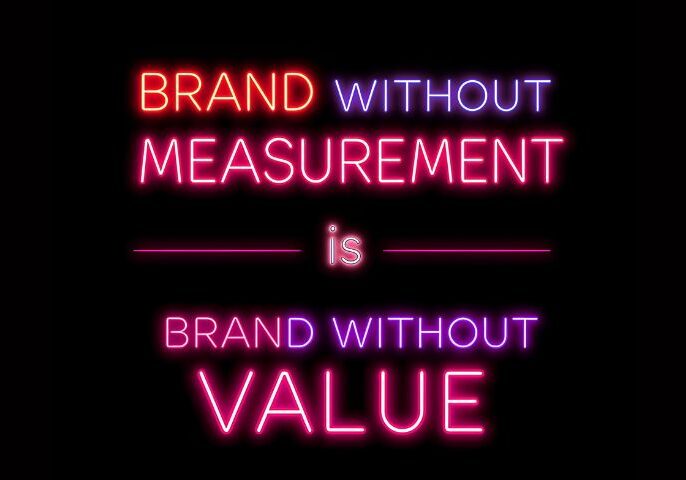The comfort of motion
When results dip or growth slows, the easiest thing to buy is movement. A new website feels like a reset. A flurry of social posts creates the buzz of activity. A short burst of ads produces a spike that appears to be momentum. These moves are tempting because they are visible, fast and easy to explain. They reassure boards and senior teams that something is happening.
The problem is that movement and progress are not the same thing. Activity can be purchased, progress must be built. Quick fixes give leaders relief in the short term, yet they rarely change the long-term trajectory. The cycle begins again when the spike fades and the same questions return.
Why shortcuts spread
Shortcuts flourish in busy organisations because they reduce discomfort. It is easier to sign off on spending than to interrogate priorities. It is simpler to launch a campaign than to coordinate across departments. It feels safer to add a new channel than to ask which existing channels should stop.
There is also a narrative trap. Success stories are often told as single decisions that changed everything. New site launches, brand refreshes, and a switch to a hot platform. Inside the organisation, those decisions usually sat on years of groundwork, but from the outside they look like simple answers. Teams absorb the story and start chasing the surface, not the structure beneath it. This is the blind spot many leadership teams fall into, where effort is directed to what is easiest to see rather than what is most decisive for outcomes.
The hidden costs of quick fixes
Quick fixes have a price that is not reflected in the proposal. They fragment attention. They create maintenance debt. They inflate expectations that the underlying system cannot sustain.
Budgets are the most obvious casualty. Spend drifts toward visible activity that is hard to defend when numbers are reviewed three months later. Time is the second casualty. Teams stretch to feed new channels, update templates, rewrite copy and report on indicators that do not change decisions. Credibility is the third. When campaigns promise transformation and deliver a short swell of clicks, stakeholders learn to discount marketing as noise.
There is a deeper cultural cost. Teams start to believe that results are a matter of trying the next thing a little harder. Reflection shrinks. Integration weakens. The organisation becomes reactive. This is where the illusion becomes dangerous. The more urgent things feel, the less space there is to build the conditions that make marketing reliable.
What strong organisations do instead
Organisations that build durable marketing performance consistently do three things. They seek clarity, they insist on integration, and they commit to consistency.
Clarity means knowing the few outcomes that matter and how they are measured. It means choosing audiences and refusing to chase every possible persona. It means being honest about channel mix, creative capacity and the real limits of available time. Clarity is not another strategy document. It is a discipline of deciding what will be allowed to win.
Integration means marketing does not sit apart from service delivery, sales, operations or product. It sits inside them. If a website is rebuilt, the user journey is shaped by service realities and follow-up processes, not just aesthetics. If content is planned, delivery teams help select stories that actually answer the questions stakeholders ask. If paid media runs, operations are ready to handle the additional volume without damaging experience. This is the essence of our article, The Strategic Trinity That Transforms Marketing Impact, where clarity, integration, and consistency reinforce one another.
Consistency is the least celebrated ingredient because it is not exciting. It is calendars that are kept. It is messages that are repeated until they become recognisable. It is performance reviews that lead to minor course corrections rather than big resets. Consistency is what converts a channel from an experiment into an asset.
The channel question reframed
Quickfix thinking turns channels into silver bullets. The website will sort it. Social will sort it. LinkedIn will sort it. In reality, every channel is a tool with strengths and weaknesses. Email builds relationships when lists are healthy and content is genuinely helpful. Search works when there is intent, and pages answer that intent clearly. Events, partnerships, and PR deepen trust when there is something substantive to say. LinkedIn can be exceptionally powerful for professional credibility and relationship building when leaders are present, thoughtful and consistent. None of these channels perform well when treated as a tickbox.
The better question is not which channel to add, but which channels deserve more investment and which should be paused. That decision cannot be made by taste or trend. It is made by evidence gathered over time. Our educational post, Stop Guessing Start Auditing Your Marketing, is a practical companion to this argument. You can use it to turn the principle into action.
How to escape the quickfix cycle
Escaping does not begin with a new plan. It begins with a hard look at what exists. An audit of time, budget and outcomes reveals where effort is creating value and where it is only creating motion. The goal is not a perfect measurement system. The goal is enough truth to make better choices.
Start by asking a small number of simple questions. Which channels created the last ten meaningful enquiries or opportunities. Where did the strongest relationships begin. Which activities take the most time, and what would break if they stopped for a month. Which messages were most often repeated back to you in conversations. These answers rarely require new tools. They need attention and honesty.
Once you see the pattern, reallocation becomes much easier to justify. Increase time and budget where outcomes are proven. Reduce or pause what is busy but not productive. Strengthen the join between marketing and delivery so that attention turns into experience without friction. This is the work that compounds. It is not spectacular, but it is dependable.
A word on leadership
None of this sticks without leadership that is willing to tolerate the quiet part of progress. There will be quarters where the most critical work does not produce a dramatic graph. There will be meetings where the right decision is to stop something that looks good on paper. There will be pressure to prove success with volume rather than value.
Leaders set the tone by asking different questions. Not how many posts went out, but what changed for the audience that matters. Not how many visits the site received, but how many qualified actions happened. Not how many campaigns launched, but how much stronger the system is today than it was last quarter. These questions reward teams for building capability, not just for generating activity.
Choosing clarity over speed
Quick fixes will always be available. Vendors will always have packages ready. New platforms will always promise reach. The discipline is to pause long enough to ask whether you are buying motion or building momentum.
Strong organisations accept that sustainable performance is slower at first and faster later. They accept that some of the best marketing work looks like operational work, because it is. They accept that stopping can be as powerful as starting. Most of all, they accept that strategy is not a deck. Strategy is the pattern of choices you actually make.
Closing thought
If you recognise the quickfix cycle in your organisation, begin with a simple step. Audit where your time and money are going, then compare that to where results actually come from. Use that truth to reallocate attention, connect marketing more closely to delivery, and commit to consistency. The spikes will be smaller. The foundations will be stronger. The credibility will be higher.
When the next shortcut arrives, you will be able to say no for a good reason. Not because you dislike the idea, but because you have chosen a different path. One built on clarity, integration and evidence. One that lasts.
Ready to audit what’s working and build marketing that lasts? Let’s talk about turning motion into momentum






